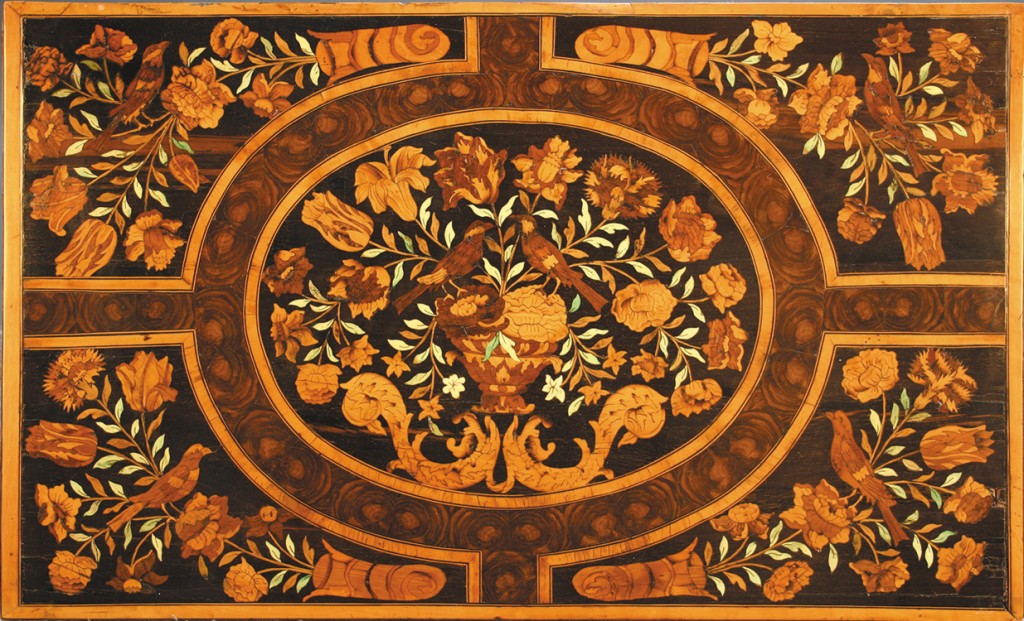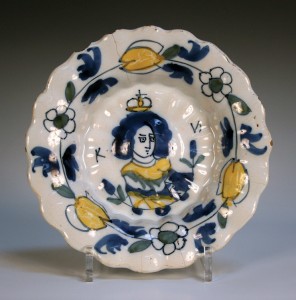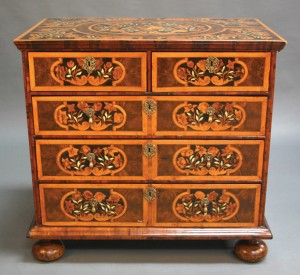
Against the backdrop of revolution and religious conflict, 17th century England witnessed remarkable achievements in science, art and commerce. Among these were the scientific genius of Sir Isaac Newton, Samuel Pepys’ groundbreaking work with the Royal Navy, the architecture of Inigo Jones and Sir Christopher Wren, and the publication of the King James’ Bible in 1611, often described as the finest work ever produced by committee.


At the end of the 17th century, Charles II’s Catholic brother, James II, was replaced by the Protestants William and Mary during the Glorious Revolution of 1688. William of Orange and his wife Mary, James II’s son-in-law and daughter, invaded England with a Dutch army. Their actions had been encouraged by a group of Tory and Whig parliamentarians, who were fearful that the birth of James II’s son would establish a Roman Catholic dynasty in the British Isles. By Convention of Parliament, William and Mary were invited to sign the Bill of Rights of 1689, which passed the crowns of England, Scotland and Ireland to them. They ruled jointly as William III and Mary II until Mary’s death in 1694. William continued his reign alone until he died in 1702. The bill limited the power of the crown, set out the rights of Parliament with rules for freedom of speech, including the right of Parliament to petition the monarch without fear of retribution, and the requirement for regular elections.
William brought with him Dutch artisans, who were joined by French Huguenot refugee craftsmen. The royal couple were painted by the finest artists of their age. However, you cannot help but delight in the naïve quality of the depiction of William III on this late 17th century Dutch Delft dish, painted in blue, green, yellow and black. The border of tulips and other flowers shows the Dutch influence.

The fashion for smaller more intimate rooms created demand for furniture of a more modest scale with an emphasis on comfort, in contrast to the opulence of Charles II’s Restoration period. There is a reliance on good proportion and simple lines in the finest examples of William and Mary case furniture, which is often finely decorated with marquetry inlay. Flowers, acanthus leaf and C-scrolls define the William and Mary taste. Take the William and Mary marquetry-veneered chest of drawers illustrated here. The top is finely inlaid. The central oval panel and four corner panels are filled with flower-charged vases, inhabited by birds, within a laburnum oyster-veneered border. The sides and drawer fronts have similarly inlaid floral panels. Exotic woods, like olive and laburnum, reached this country via new East-West trade routes.
The rare William and Mary longcase clock with its eight-day, five-pillar movement, striking on a bell, is by William Cattell of London. William Cattell was apprenticed in 1664/5 to Edward Stanton and was freed in April 1672. The walnut and laburnum oyster-veneered marquetry case is decorated with motifs of birds and flowers similar to those on the chest of drawers.
The quality and richness of decoration, combined with the intimate and fine proportion of William and Mary furniture and clocks, continue to delight connoisseurs today and prices remain strong.
Toovey’s next specialist auctions of clocks and furniture will be held on Thursday 17th and Friday 18th July 2014. If you are considering the sale of your clocks or furniture, please contact Toovey’s for free and confidential specialist advice.
By Revd. Rupert Toovey. Originally published on 2nd July 2014 in the West Sussex Gazette.